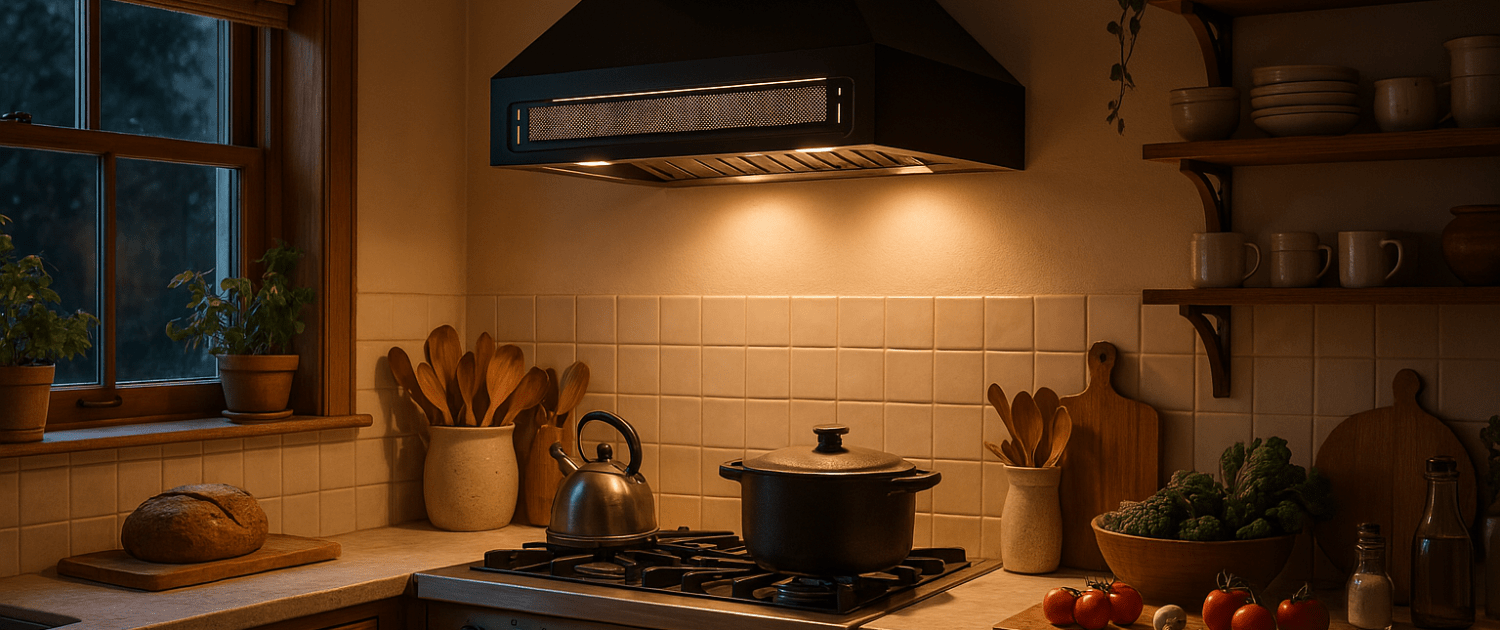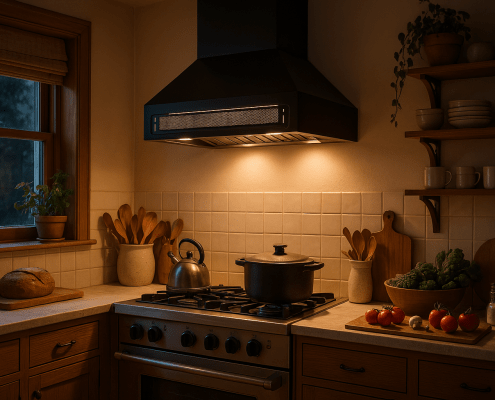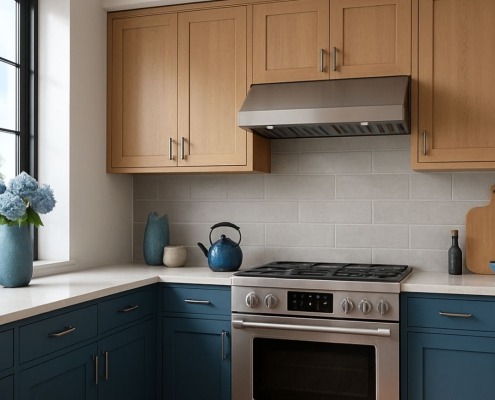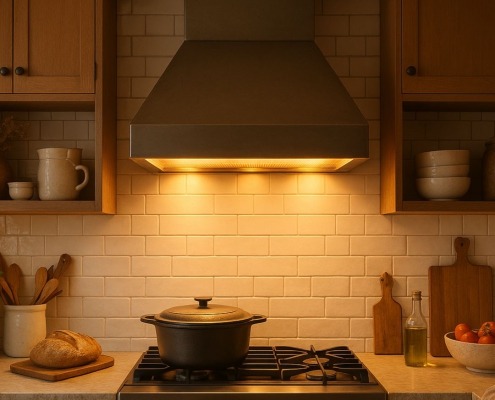Why Your Range Hood Fan Turns On by Itself and How to Fix It
Steven E / Wednesday May 7, 2025
If you keep getting startled by your range hood that turns on by itself, don’t worry. This guide is designed for anyone who wants to figure out why their range hood fan is acting up, whether you’re planning to fix it yourself or just want to understand what’s going on before you call in a professional. So, let’s get started on finding out why your range hood fan has a mind of its own and how to get it back under control.
If you find out that you need any replacement parts for your appliance while you’re troubleshooting, you can enter your model number at AppliancePartsPros.com to order them. Most orders arrive in just two business days, and we have thousands of free guides to show you how to install your new parts.
The information in this article may not apply to your specific appliance model. We recommend consulting your manufacturer’s documentation or contact us with any questions.
Possible causes
Some range hood models are equipped with a sentry feature that monitors the air temperature above the cooktop. This feature is designed to activate the exhaust fan when the temperature reaches a certain threshold to cool the cooktop area.
Faulty temperature sensor: The sentry system relies on a temperature sensor to accurately measure the air temperature above the cooktop. If the temperature sensor becomes faulty or fails, it may send incorrect temperature readings to the control board. As a result, the control board may mistakenly activate the fan, thinking that the cooktop area is too hot.
Loose wiring: Loose or disconnected wiring connections within the range hood can cause electrical issues that trigger the fan to turn on by itself. Loose wiring related to the sentry feature or temperature sensor can disrupt the proper functioning of the system.
Electronic control board failure: The electronic control board acts as the central control unit for the range hood’s operations, including the sentry feature. If the control board malfunctions or develops a fault, it may misinterpret the signals from the temperature sensor or fail to detect the status of the sentry feature correctly.
Other electrical issues: In some cases, unrelated electrical problems such as short circuits, power surges, or damaged wiring can cause the range hood fan to turn on by itself. These issues may affect the overall electrical system of the range hood.
Troubleshooting steps
- Check that the fan isn’t correctly responding to an actual increase in temperature (e.g., sunlight, oven heat escaping).
- Make sure that the range hood is unplugged or disconnected from the power source to avoid any electrical hazards.
- Locate the temperature sensor, usually positioned near the cooktop or inside the range hood.
- Loose or disconnected wiring can cause the range hood fan to turn on unexpectedly. If you find any loose or disconnected wires, reconnect them properly.
- Use a multimeter to measure the resistance of the temperature sensor.
- Consult the range hood’s tech sheet or technical data for a temperature/resistance chart specific to your model.
- Compare the measured resistance with the expected resistance values from the tech sheet.
- If the measured resistance doesn’t match the expected values, it indicates a faulty temperature sensor that needs to be replaced.
- If the temperature sensor and its wiring are in good condition, the control board is not detecting the temperature sensor’s signal correctly. In this case, you will need to replace the control board.
- Look for any signs of damage, burn marks, or loose connections on the board before replacing.
Additional information
Thank you for reading! We hope this guide helped you get your range hood working again.
If you have any other appliance repair needs or projects, don’t hesitate to explore our other troubleshooting guides and videos.
If you need replacement parts or some extra help with ordering them, grab your model number and head over to AppliancePartsPros.com, where you can chat with a pro, read our DIY blog and more.
Don’t forget to subscribe to us on YouTube and follow us on Facebook, Twitter and Instagram!
With nearly a decade of experience in providing top-notch customer service regarding appliance parts and repair, Steven enjoys sharing practical advice, troubleshooting tips, and interesting information to help readers stay informed.





